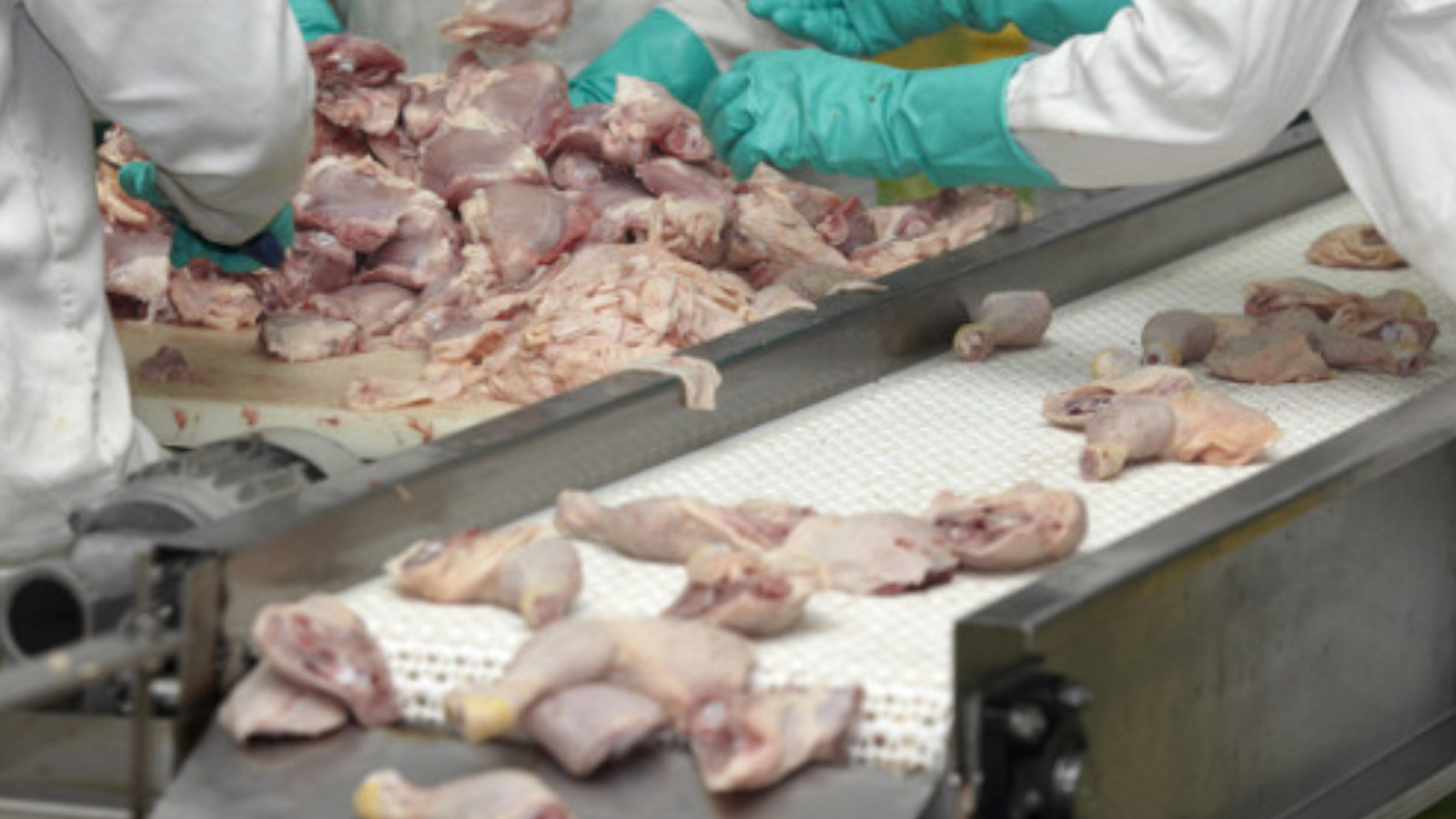
Your Process and Wastewater
Whether you are slaughtering, cooking, further processing, frying or a combination of all, our understanding of your process and the sources of the wastewater enables us to design complete treatment plants that work efficiently, economically and consistently under all conditions.
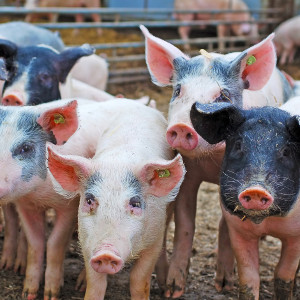
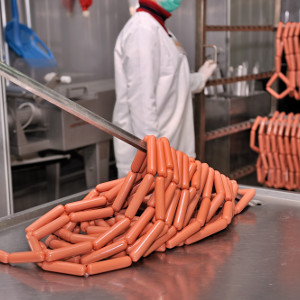
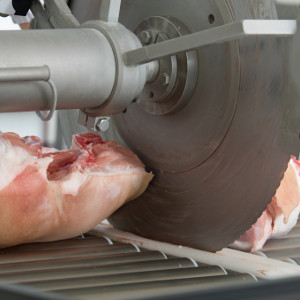
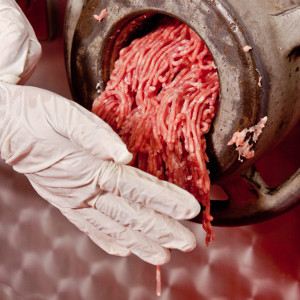
Depending on the type of processing facility, wastewater from meat and poultry processing operations can be heavily loaded with solids, fat, blood, manure, and a variety of organic compounds originating from proteins. The main sources of water contamination can be from stockyards, slaughtering, paunch handling, carcass washing, rendering, trimming, chillers, scold tanks, cooking ovens and general cleaning.
Meat and poultry processing wastewater contains a variety of biodegradable organic compounds, mainly consisting of particulate and dissolved fats and proteins. In comparison to some other food processing wastewater, meat and poultry wastewater is generally considered to be of a relatively high strength in terms of biochemical oxygen demand (BOD), chemical oxygen demand (COD), suspended solids (SS) and particularly high in nitrogen and phosphorus.
Blood and meat proteins are the most significant sources of nitrogen in the wastewater and rapidly give rise to ammonical nitrogen as breakdown occurs. Additionally blood (which has a COD of about 400,000 mg/L), if not properly controlled will add considerably to the organic load in the wastewater.
The following chart shows the typical range of raw wastewater characteristics from a beef slaughterhouse. Wastewater from other meat and poultry slaughtering operations have similar characteristics, however, the wastewater from further processing plants varies considerably.
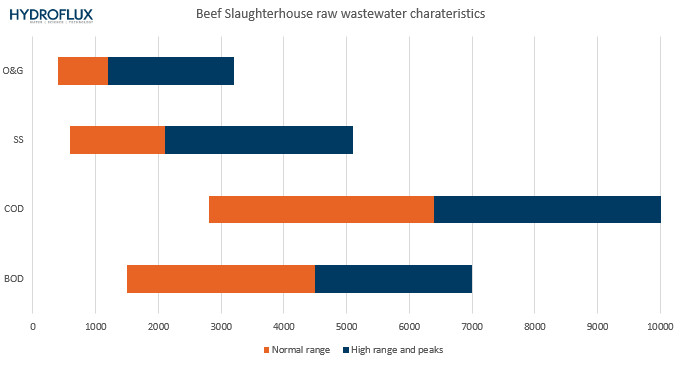
Installation of a dissolved air flotation system for treatment of wastewater from meat and poultry processing operations is generally considered to be good practice as the bulk of the solids and grease can be quite easily and inexpensively removed which can allow discharge to sewer or significantly reduce the load on any secondary plant.
